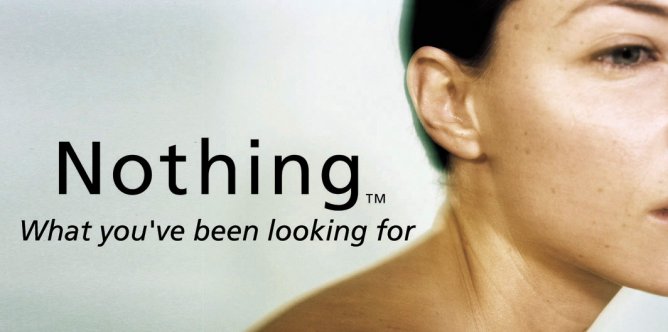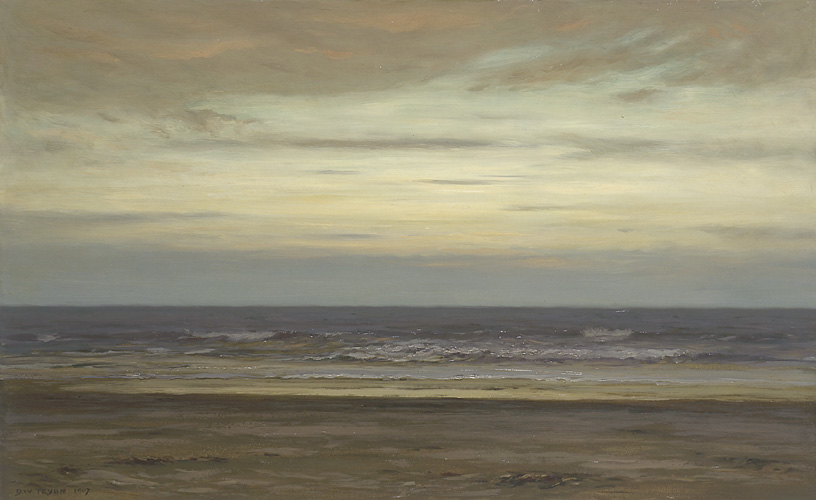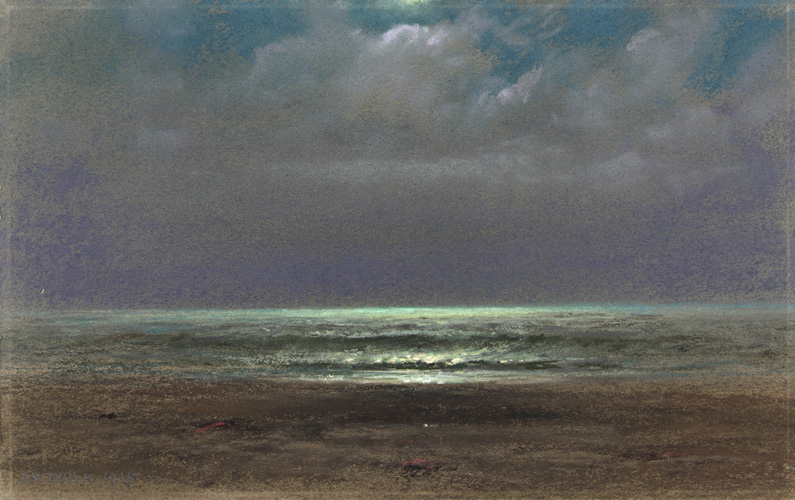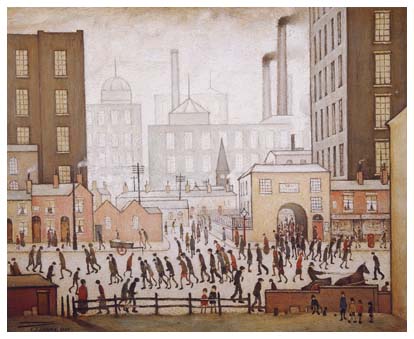Anthropomorphic astronomy, what could be more prescient for a Christmas Eve. Except for the fact that I don’t have any personal attachment to the Christmas Story of stars , stables, and the son of God. This does nevertheless, make me go WoW! And although I have fallen out with the doctrines of man made religion, I still do wonder at a spirit that is embodied in all living creatures, I still marvel at the amazingness of earth , and space, and all we know nothing about. I still believe, but what it is I believe in, I cannot tell you. A spirit of creativity, of transformation, a spirit of the magic that is life. How we are all greater than the sum of our parts. True of humans, true of nations, true of stars. A spirit that embodies generosity, and collaboration and surprise.
Sylvia Plath represents here a little of my own wary spirit. She wants to be open to transcendence, but is fearful, even cynical at times. And yet recognises its potency, in unexpected, unfamiliar settings. Just excellent. Completely set apart from the over sentimental expression of angels we see everywhere.
Black Rook in Rainy Weather
On the stiff twig up there
Hunches a wet black rook
Arranging and rearranging its feathers in the rain-
I do not expect a miracle
Or an accident
To set the sight on fire
In my eye, nor seek
Any more in the desultory weather some design,
But let spotted leaves fall as they fall
Without ceremony, or portent.
Although, I admit, I desire,
Occasionally, some backtalk
From the mute sky, I can’t honestly complain:
A certain minor light may still
Lean incandescent
Out of kitchen table or chair
As if a celestial burning took
Possession of the most obtuse objects now and then —
Thus hallowing an interval
Otherwise inconsequent
By bestowing largesse, honor
One might say love. At any rate, I now walk
Wary (for it could happen
Even in this dull, ruinous landscape); sceptical
Yet politic, ignorant
Of whatever angel any choose to flare
Suddenly at my elbow. I only know that a rook
Ordering its black feathers can so shine
As to seize my senses, haul
My eyelids up, and grant
A brief respite from fear
Of total neutrality. With luck,
Trekking stubborn through this season
Of fatigue, I shall
Patch together a content
Of sorts. Miracles occur.
If you care to call those spasmodic
Tricks of radiance
Miracles. The wait’s begun again,
The long wait for the angel,
For that rare, random descent.
— Sylvia Plath







 The Tempest Peder Balke at the National Gallery
The Tempest Peder Balke at the National Gallery















